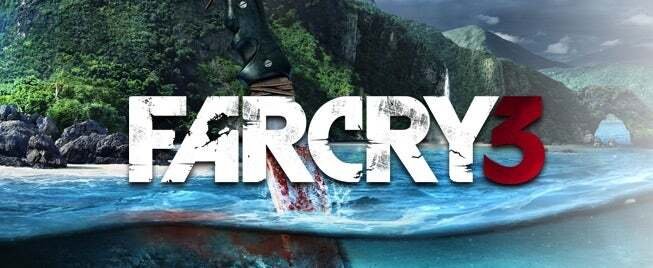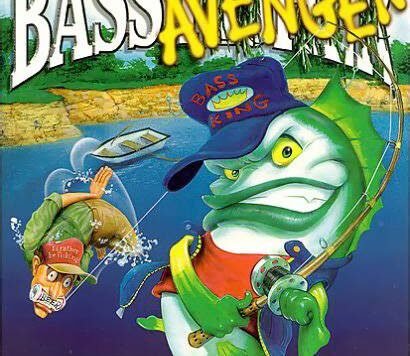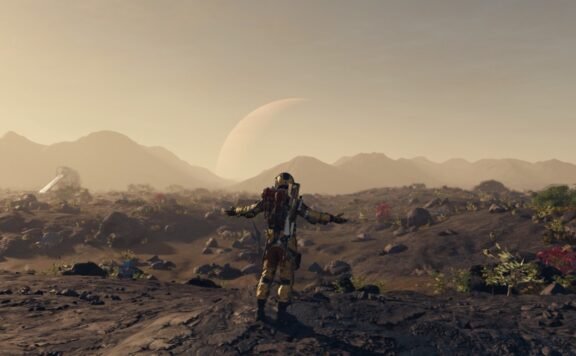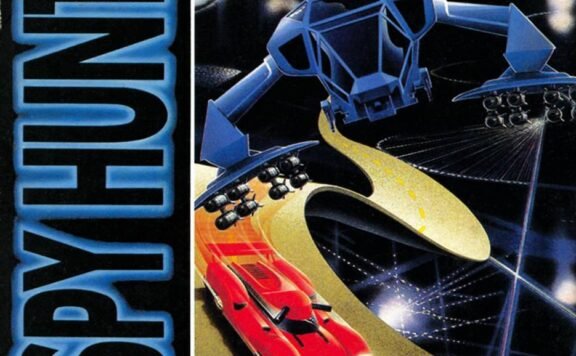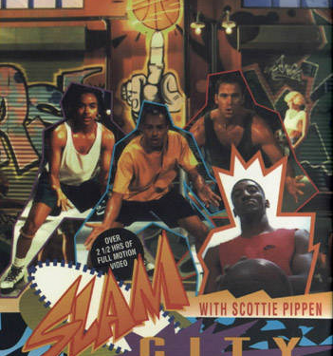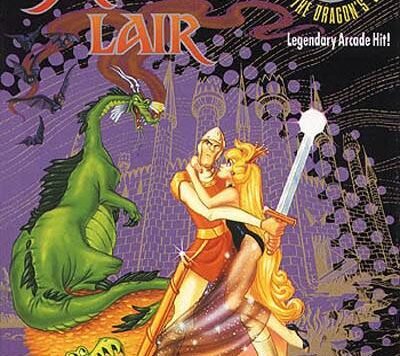
In the ever-evolving landscape of open-world gaming, Ubisoft’s Far Cry 3 stands as a testament to the genre’s potential for captivating storytelling, immersive environments, and dynamic gameplay. Released in 2012, this instalment in the Far Cry series takes players on a harrowing journey through the lush, untamed landscapes of a tropical island, blending elements of survival, first-person shooting, and role-playing. Far Cry 3 is a rollercoaster ride of emotions, navigating the thin line between sanity and madness while offering players the freedom to explore a vast and visually stunning open world.
One of Far Cry 3’s standout features is its breathtaking setting. The Rook Islands, an archipelago inspired by the Pacific, exude a sense of beauty and danger. From dense jungles and cascading waterfalls to expansive beaches and dilapidated shantytowns, the game’s environment is a character in itself. The attention to detail is remarkable, with vibrant flora and fauna populating the landscape, creating a living, breathing world that feels both alluring and treacherous.

Ubisoft Montreal masterfully captures the essence of a paradise gone wrong, infested with pirates, drug lords, and wild animals. The day-night cycle and dynamic weather add to the immersive experience, creating a living ecosystem where predators lurk in the shadows, and the atmosphere shifts seamlessly between serenity and chaos.
Far Cry 3’s narrative is a compelling blend of adventure and psychological exploration. The protagonist, Jason Brody, finds himself stranded on the Rook Islands after a skydiving trip takes a disastrous turn. What begins as a quest for survival evolves into a descent into madness and self-discovery as Jason becomes embroiled in the conflict between the native Rakyat tribe and the ruthless pirate leader, Vaas Montenegro.
Vaas, portrayed with chilling authenticity by actor Michael Mando, steals the show as one of gaming’s most memorable antagonists. His unpredictability and unhinged nature make every encounter with him a visceral experience, heightening the sense of danger that permeates the island. The supporting cast, including Jason’s friends and the enigmatic Rakyat leader Citra, adds depth and complexity to the unfolding drama.

Far Cry 3 delves into themes of identity, power, and morality as Jason transforms from a pampered tourist into a ruthless warrior. The narrative raises thought-provoking questions about the consequences of violence and the fine line between heroism and villainy. While some story elements may veer into cliché territory, the overall execution and character development elevate Far Cry 3 above its contemporaries.
Far Cry 3’s gameplay is a seamless blend of action, exploration, and player choice. The open-world design allows for a non-linear experience, with players free to tackle missions and objectives in their preferred order. The variety of vehicles, from hang gliders to jet skis, facilitates exploration, ensuring that the expansive map never feels daunting.
The game’s progression system is rooted in a skill tree that allows players to customise Jason’s abilities to suit their playstyle. Whether opting for stealthy takedowns, aggressive assaults, or enhanced survival skills, the choices feel meaningful and impact the overall experience. The crafting system, which involves hunting animals for resources, adds an extra layer of immersion and resource management.
The gunplay is satisfying, with a wide array of weapons at the player’s disposal. From traditional firearms to makeshift explosives, the arsenal caters to different playstyles, encouraging experimentation. Enemy AI is generally competent, adapting to the player’s tactics and keeping engagements dynamic and challenging.

One of Far Cry 3’s standout features is the Outpost system. Players can liberate enemy-controlled outposts, turning them into safe zones and unlocking fast travel points. The flexibility in approaching these outposts, whether through stealth or all-out assault, showcases the game’s commitment to player agency. However, the system’s drawback lies in the limited number of outposts, potentially leading to a repetitive gameplay loop as players encounter similar scenarios throughout the game.
Even years after its release, Far Cry 3’s visuals remain impressive. The lush landscapes, detailed character models, and realistic lighting contribute to a visually stunning experience. The game’s ability to maintain a consistent aesthetic across a diverse range of environments is commendable, creating a cohesive and believable world.
The sound design further enhances the immersive atmosphere. The tropical sounds of wildlife, the roar of the ocean, and the haunting tribal chants contribute to the sense of place. The voice acting, especially Michael Mando’s portrayal of Vaas, is exceptional and adds emotional depth to the characters. The soundtrack, a mix of ambient tunes and pulse-pounding tracks, complements the on-screen action, intensifying key moments throughout the narrative.
While Far Cry 3 excels in many areas, it is not without its technical flaws. Some players may encounter occasional bugs, ranging from minor graphical glitches to more disruptive issues. While these instances are infrequent and generally don’t hinder the overall experience, they are worth noting.

The PC version of Far Cry 3 offers a range of graphical options, allowing players to tailor the experience to their hardware. However, optimisation could be an issue on lower-end systems, leading to occasional framerate drops. Consoles, on the other hand, deliver a stable experience with fewer customisation options.
Far Cry 3 includes a multiplayer component that, while entertaining, feels secondary to the main single-player experience. The competitive modes, such as team-based objectives and deathmatch, offer a change of pace but lack the depth and innovation seen in the single-player campaign. The asymmetrical “Firestorm” mode, where one player becomes a fire-spewing juggernaut, adds a unique twist but may not have the lasting appeal of more established multiplayer franchises.
The game’s cooperative mode, allowing four players to team up in a series of missions, provides a fun diversion from the solo experience. However, the limited number of missions and the absence of a cohesive narrative may leave players wanting more in terms of cooperative content.
Far Cry 3’s replayability stems from its open-world design, diverse gameplay options, and multiple endings based on player choices. Completing the game unlocks a New Game Plus mode, allowing players to carry over their skills and equipment into a fresh playthrough. The allure of exploring the Rook Islands in different ways, experimenting with various strategies, and witnessing alternate story outcomes adds significant value to the overall package.
Far Cry 3 is a masterclass in open-world gaming, seamlessly blending a captivating narrative, dynamic gameplay, and a visually stunning environment. The Rook Islands provide an unforgettable backdrop to Jason Brody’s journey of self-discovery and madness, with standout characters like Vaas Montenegro leaving a lasting impact on gaming culture. The game’s exploration of mature themes, combined with its commitment to player agency, elevates it beyond the confines of a typical first-person shooter.

While technical hiccups and a somewhat repetitive outpost system may slightly detract from the overall experience, Far Cry 3 remains a standout title in the Far Cry series and the open-world genre as a whole. Its combination of engaging storytelling, immersive world-building, and player freedom makes it a must-play for fans of action-adventure games. Far Cry 3 is a timeless classic that continues to resonate with players, proving that a well-crafted open world can be a canvas for unforgettable gaming experiences.
